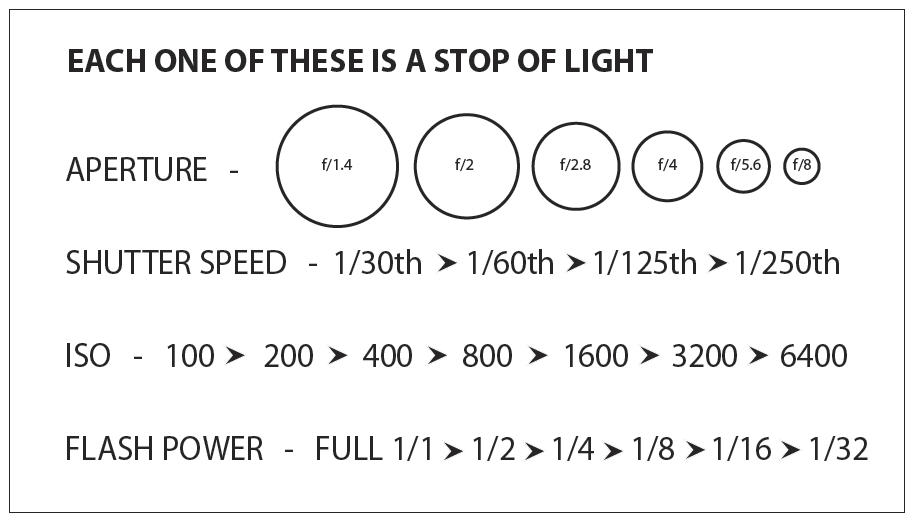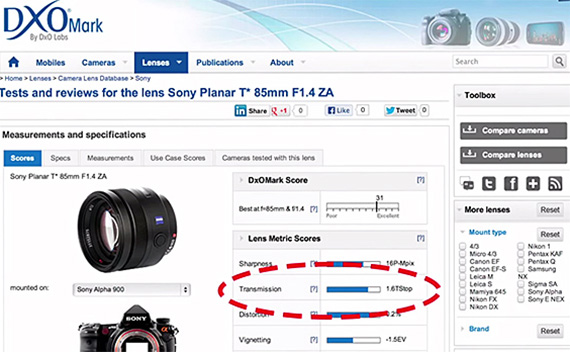BREAKING NEWS
LATEST POSTS
-
Mysterious animation wins best illusion of 2011 – Motion silencing illusion
The 2011 Best Illusion of the Year uses motion to render color changes invisible, and so reveals a quirk in our visual systems that is new to scientists.
https://en.wikipedia.org/wiki/Motion_silencing_illusion
“It is a really beautiful effect, revealing something about how our visual system works that we didn’t know before,” said Daniel Simons, a professor at the University of Illinois, Champaign-Urbana. Simons studies visual cognition, and did not work on this illusion. Before its creation, scientists didn’t know that motion had this effect on perception, Simons said.
A viewer stares at a speck at the center of a ring of colored dots, which continuously change color. When the ring begins to rotate around the speck, the color changes appear to stop. But this is an illusion. For some reason, the motion causes our visual system to ignore the color changes. (You can, however, see the color changes if you follow the rotating circles with your eyes.)
FEATURED POSTS
-
Photography basics: f-stop vs t-stop
F-stops are the theoretical amount of light transmitted by the lens; t-stops, the actual amount. The difference is about 1/3 stop, often more with zooms.
f-stop is the measurement of the opening (aperture) of the lens in relation to its focal length (the distance between the lens and the sensor). The math is focal length / lens diameter.
It mainly controls depth of field, given a known amount of light.https://www.scantips.com/lights/fstop2.html
The smaller f-stop (larger aperture) the more depth of field and light.

Note that the numbers in an aperture—f/2.8, f/8—signify a certain amount of light, but that doesn’t necessarily mean that’s directly how much light is getting to your sensor.
T stop on the other hand is the measurement of how much light passes through aforementioned opening and actually makes it to the sensor. There is no such a lens which does not steal some light on the way to the sensor.
In short, is the corrected f-stop number you want to collect, based on the amount of light reaching the sensor after bouncing through all the lenses, to know exactly what is making it to film. The smaller, the more light.http://www.dxomark.com/Lenses/Ratings/Optical-Metric-Scores
Note that exposure stop is a measurement of sensibility to light not of lens capabilities.









